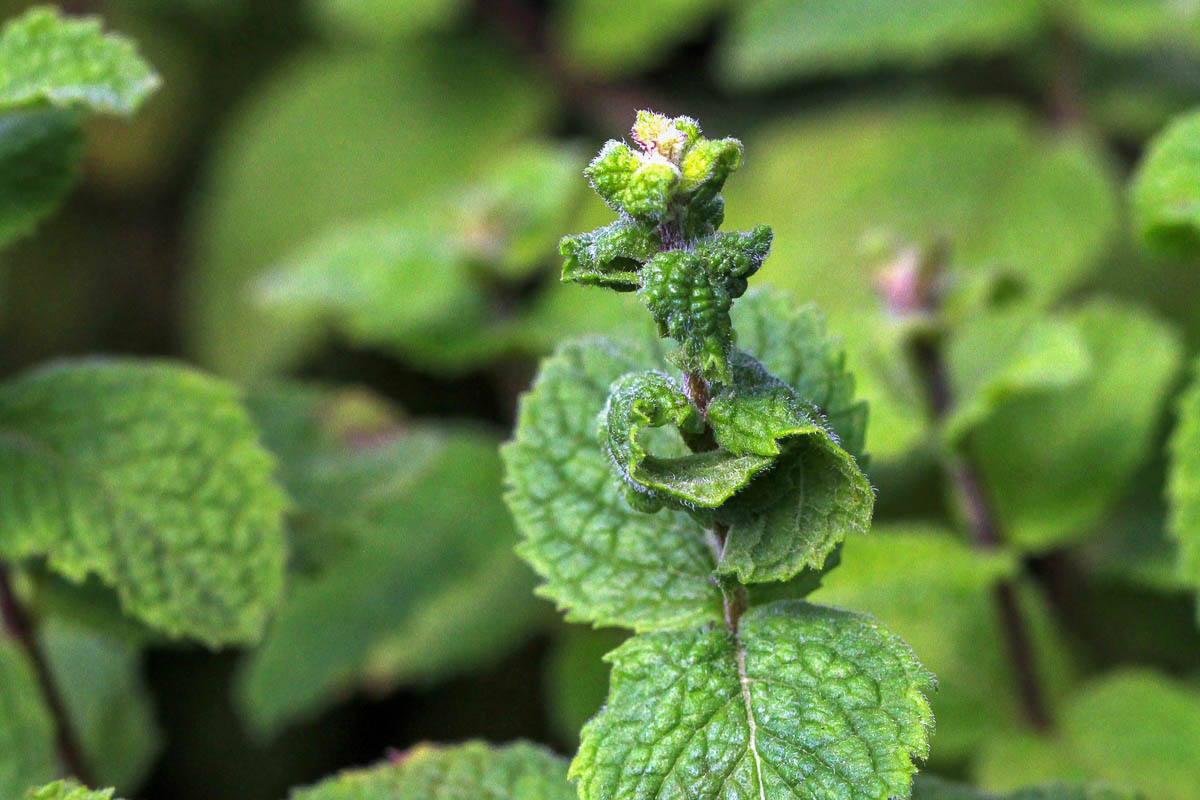Aphids
Aphids (Aphis sp.)
Other common names: Plant louse, Greenfly or Ant cow
victorialim.jpg)
Aphids are sap-sucking insects that are small and pear-shaped. They come in various colors – green, yellow, brown-red or black and can be winged or wingless. Aphids have needle-like mouthparts that they use to pierce into the plant tissue to feed. They are usually found on plant stems and the undersides of leaves.
_jacquelinechua.jpg)
Like Mealy Bugs, Aphids produce honeydew, a sweet waste fluid while feeding, which attracts ants. As a result, ants may guard and care for groups of aphids, which is how they got the common name of ant cow. Large clusters of ants can thus be indicative of an aphid infestation! Honeydew on plants also encourages the growth of sooty mould, which you are more likely to see before you spot aphids on your plants.

Aphids generally do not cause a lot of damage when caught early. However, if left unattended, aphids will eventually weaken your plant, causing stunted growth, fruit and leaf deformities or even death. They also spread many viral plant diseases as they travel plant to plant to reproduce.
As with all pests, aphids generally attack plants that are already unhealthy. Check your plant for additional problems such as root rot from waterlogging, etoilation, or overcrowding. Cultural control methods should be implemented to prevent your plants from becoming unhealthy in the first place.
Symptoms:

Infested leaves and stems tend to curl downwards. Developing fruits may become distorted in shape.
Leaves, stems and fruits appear sticky, and can become covered in sooty mould.
Ants are seen crawling around leaves and stems in large numbers.
Preventive and control measures:
Always isolate and inspect newly bought plants for pests before introducing them to your plant collection. Isolate affected plants immediately if pests are found.
Healthy plants are generally resilient to infestations. If you have a severe pest infestation, check your plants regularly for additional underlying problems such as root rot from waterlogging, etoilation, or overcrowding.
Check your plants regularly for aphids, especially on the stems and the underside of leaves, which may be distorted or curled.
If there are only a few aphids, you can spray them off with water or use a wet cloth to wipe them away.
Heavily infested plant parts should be pruned as soon as possible. Severe infestations may need the entire plant to be removed. Bag up the infested plant or plant parts securely for proper disposal to prevent further spread. Do not use the removed plant waste for composting or for consumption.
Chrysanthemum spray, horticultural oils and sulphur soap sprays can kill soft-bodied pests on contact. Use chemical controls like these sparingly as they tend to also affect other types of biodiversity.
Encourage predators to establish in your garden by keeping it pesticide-free. Ladybirds and parasitic wasps feed on aphids and can keep their population under control.

